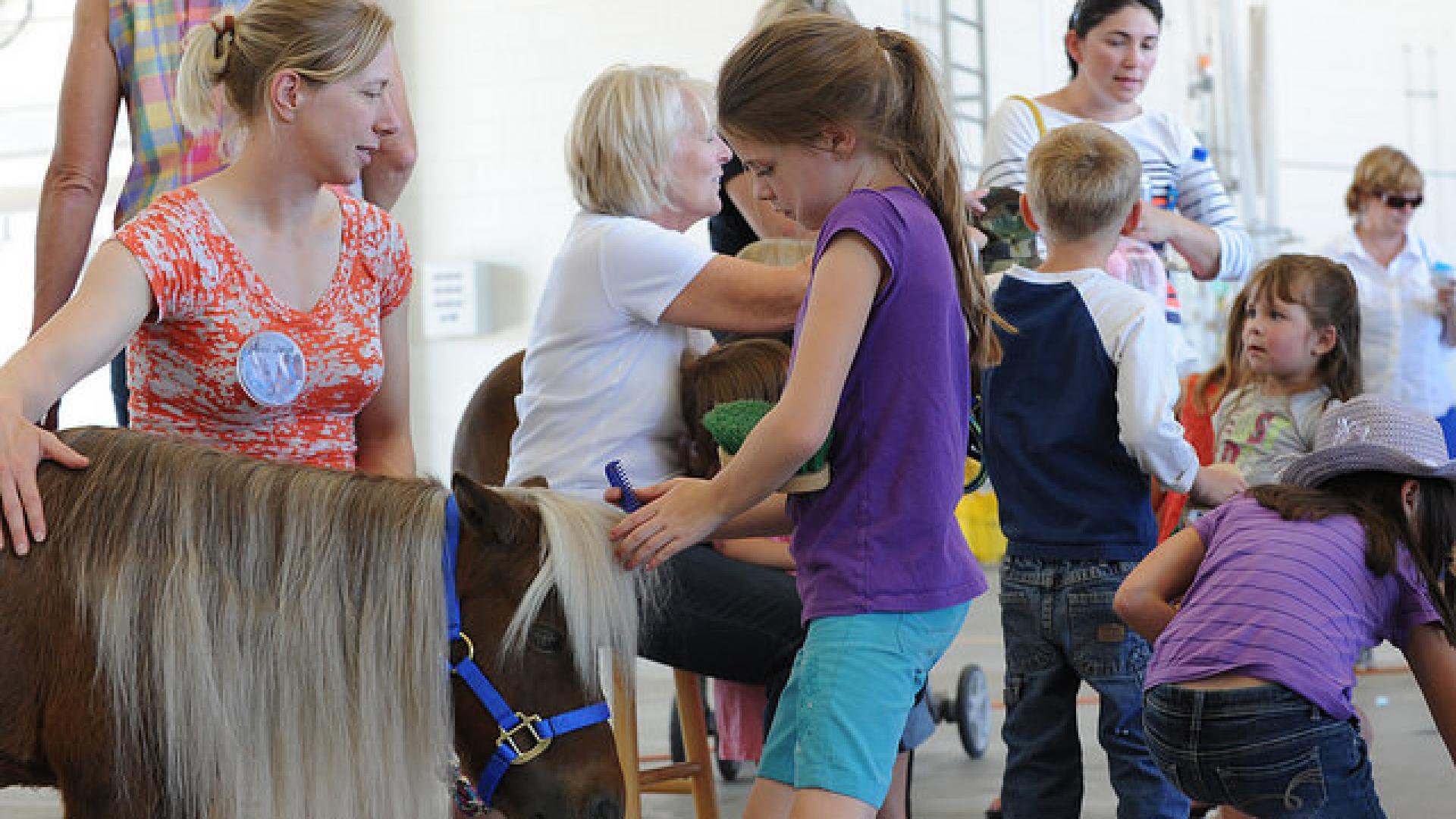We’ve been running research with children and young people for years at nfpSynergy, but in the last few months we launched Families Insight, expanding this research to include parents. This allows us to examine how exactly families interact and engage with charities.
Our findings have revealed some interesting dynamics within the family unit, underscoring why the family is such a valuable audience for many charities. In this blog, I’ll take you through a few of the things we’ve learned.
Families like to share their enthusiasm for charities
In the past we’ve talked a lot about ‘pester power’ – the influence children exert on their parents to support charities. Now that we can link the responses of children to their parents (and vice versa), we can see that this influence goes both ways in the family.
When we asked children and their parents what their motivations were for supporting their favourite charity, we found that their answers were closely linked. For example, if parents said that they supported a charity due to long-term association, their children were very likely to identify their parents’ support as their motivation. On the other hand, if children said that that they supported a charity after learning about it at school or in an after-school club, their parents were much more likely to say that they supported the charity because their child had asked them to do so.
Additionally, we found that awareness of and enthusiasm for charities is shared within families; almost a third of parents said that they spoke to their child about charities. In over two thirds of the families we spoke to both the child and parent had a favourite charity. By contrast, families in which only one party (the child or parent) had a favourite charity were much more uncommon.
Children and parents like to engage with charities together as well
Families don’t just talk about charities together, they also engage with them together. We saw that a significant proportion of families (around a quarter) took part in charity events and attended charity-run sites together. Almost a third of parents supported their child to fundraise.
With this in mind, it is vital that charities hoping to attract the family audience aim to engage the entire family unit. Parents stressed the importance of events and activities being fun for the whole family when choosing which to attend. This could reflect a desire to have an enjoyable family outing rather than just watching their children have fun from the sidelines.
Unlocking and understanding the potential of family support
Often when charities engage with children it is on the basis that they are the ‘supporters of tomorrow’. While this is true, our research also shows that there are immediate benefits to reaching out to young people. Children have a demonstrable influence upon their parents’ decisions to support and engage with charities.
At the same time, parents have a similarly strong influence on their children’s engagement with charities. After all, it is the parents who have the purchasing power when it comes to donations or taking part in activities. Understanding what kind of messages or events appeal to parents is vital for reaching the family unit.
It’s clear that the dynamics driving family engagement with charities are complex, with children and parents influencing one another’s actions. Understanding the needs and attitudes of both audiences is necessary to finding effective ways to build engagement with the family as a whole. With Families Insight we have found a way to do just that. By linking responses between children and their parents, we can build a better understanding of the family audience than ever before.
If you’d like to find out more about our research with families, you can download the briefing pack attached to this blog. Alternatively, you can contact Rei Kanemura at rei.kanemura@nfpsynergy.net if you would like to discuss how this research could help you.

